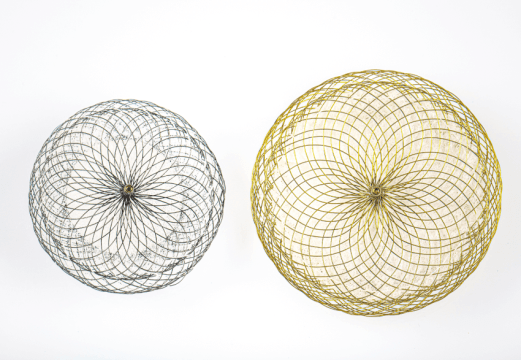Original title: Consensus document on the radial approach in percutaneous cardiovascular interventions: position paper by the European Association of Percutaneous Cardiovascular Interventions and Working Groups on Acute Cardiac Care and Thrombosis of the European Society of Cardiology. Reference: Martial Hamon et al. EuroIntervention 2013; 8-online publish-ahead-of-print January 2013.
The European Society of Cardiology (ESC) recently published a consensus paper proposing the radial artery as the default access for coronary interventions.
The evidence emerged from work at the STEMI-RADIAL where radial access in patients admitted for acute coronary syndrome with ST segment elevation was associated with a lower incidence of major bleeding, fewer vascular complications and increased net clinical benefit. The latter is a combination of major cardiovascular events (MACE) and large bleeding was reduced by 58% with radial access (11.0% versus 4.6%, P = 0.0028). Another study that included patients with acute coronary syndrome ST elevation, the RIFLE-STEACS, also showed lower cardiovascular mortality at 30 days compared with patients who received primary angioplasty by femoral access. The RIVAL study and SCAAR register reached a similar conclusion.
Beyond the evidence of the studies, the operator’s experience remains an important factor. According to the consonance, the hospitals and operators should aim to make more than 50% of procedures by radial access and at least 80 procedures a year in order to achieve and maintain the ability that is technically more demanding. The trans-radial primary angioplasty is recommended only after having experience with stable patients and diagnostic studies.
Although the above points have seen progress in both operators and materials, they have only made possible a 1.5% conversion to a femoral access approach. The patient’s preference for comfort should not be underestimated as those who have experienced both clearly prefer radial access, mainly because of the possibility of walking quickly.
Regarding costs, although there has been no work that systematically studied this published yet, common sense suggests that radial access also generates savings for both the hospitals and health authorities generally.
SOLACI.ORG





